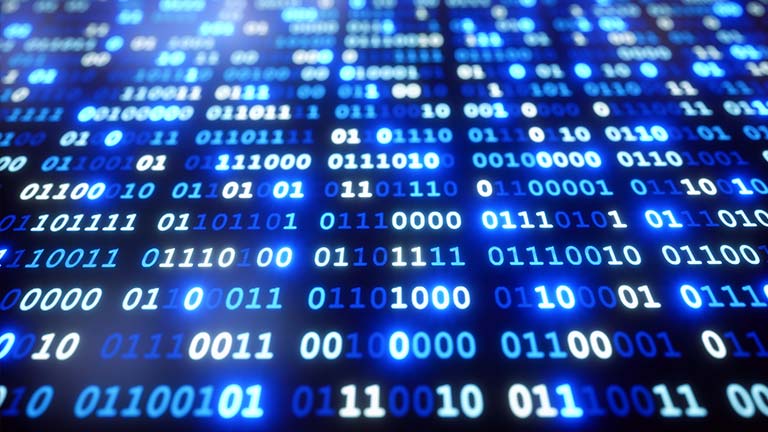Driving Data with Unintentional New Uses: Internet of Things

The Internet of Things (IoT) is a natural evolution of the things we already make today. It is created by the convergence of several key trends, including:
- Growing intelligence of devices that put new power to good use
- Ubiquitous and cheap connectivity
- The ever-decreasing cost of processing power and storage
- The ever-growing expectations of consumers – thanks in part to Apple and Google
Obviously, the IoT is not a profoundly new thing. But, when you add these four trends together, many new business scenarios become possible. The next step is reaching critical mass.
How does a technological “Critical Mass” work? Take, for example, Cloud computing – the idea that we store our apps and data on a server located somewhere other than our computer. Cloud computing did not happen until two technological trends converged. First, we needed fast, reliable internet connectivity for a huge percentage of consumers. Once that happened, a “potential” was formed. Second, when you add in the excess computing and storage capacity in the data center that happened as a result of virtualization, this created a ready market of data center owners that were underutilized and could now find new revenue sources for this new found asset.
When those two trends converged, a new market was possible. In fact, several new markets were possible.
The Past Revisited
The IoT, in part, is kind of an old trend revisited. We saw it start in the 80s and 90s with the addition of robotics in the manufacturing production process. These new machines were tasked with the automation of repetitive jobs that humans did. The IoT does some of this as well. For example, homes have meters that measure the use of gas and electricity. For decades, an individual from the utility company came to your house on a regular basis to read the usage on that meter. Enter the connected, smart meter that can now transmit the usage data into a huge database. And, like the transition from human to automated robotics years earlier, human meter readers are going away.
Future Changes to the Data We Collect: Case Example
The IoT also offers a slew of new features, and new business value from old devices that are suddenly smarter or now connected. A great example of this is Escort Radar Detectors. Escort Inc. has been designing and selling consumer radar detectors since 1997. The company introduced new devices that connect to a customer’s smart phone via Bluetooth, and transmit those same alerts, PLUS GPS location and direction to Escort’s data center. A customer subscribes to this new ESCORT LIVE service to share data, and they receive updates from other drivers in the same general area. A customer benefits tremendously from the larger data set shared by others, and Escort now has a new monthly revenue stream from the service.
This new business model also creates a new pool of data that Escort can use for any number of new business purposes. (Depending, of course, on how they wrote the Data Use Rights section of their agreement.) Escort can, over time, map the popular locations of police nationwide. They also have a huge pool of demographic data from their customers describing their driving habits, speeds, locations, travel times, commutes and much more. Do you think insurance companies might want to buy this data? It’s amazing to think what may be possible as a result of this new service.
There is no doubt the IoT will make many new scenarios possible. But most of all, it will create large amounts of data that will have many new uses. In fact, the uses will only be limited by the “Data Use Agreements” users sign and the imagination of the owners of that data. Next time you encounter one of those ‘bothersome’ agreements that pop up when you sign up for something, consider where your data may take you!


